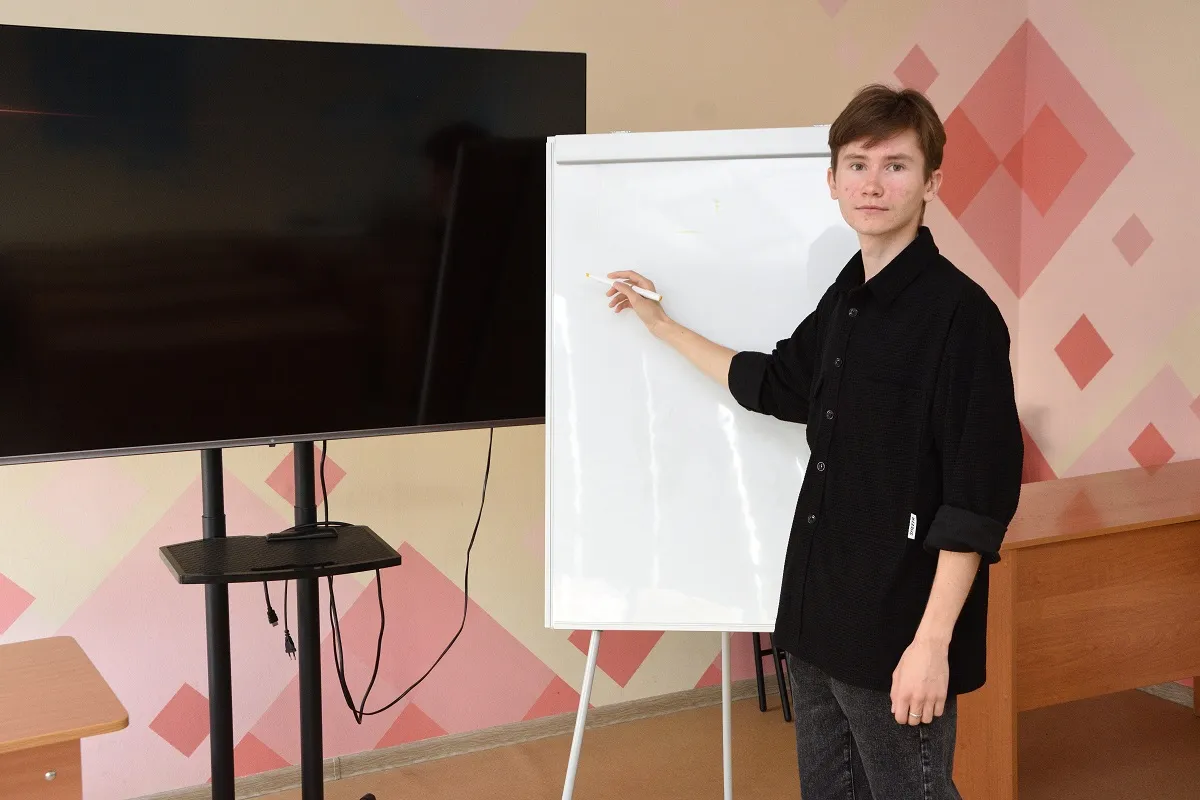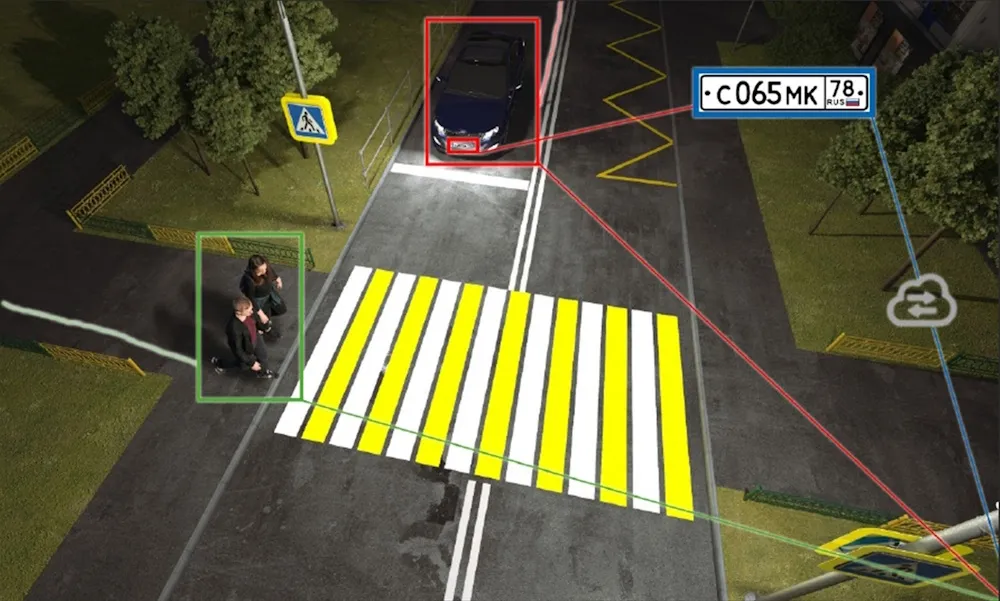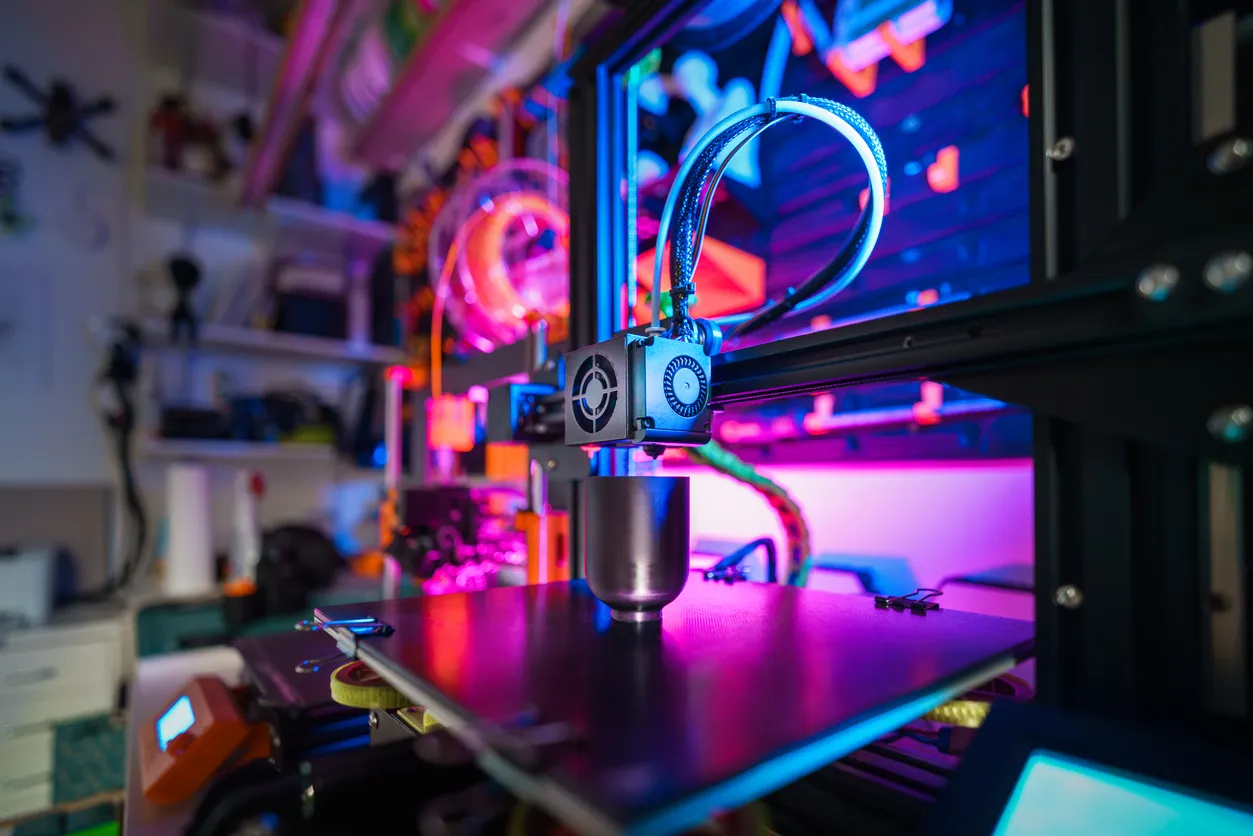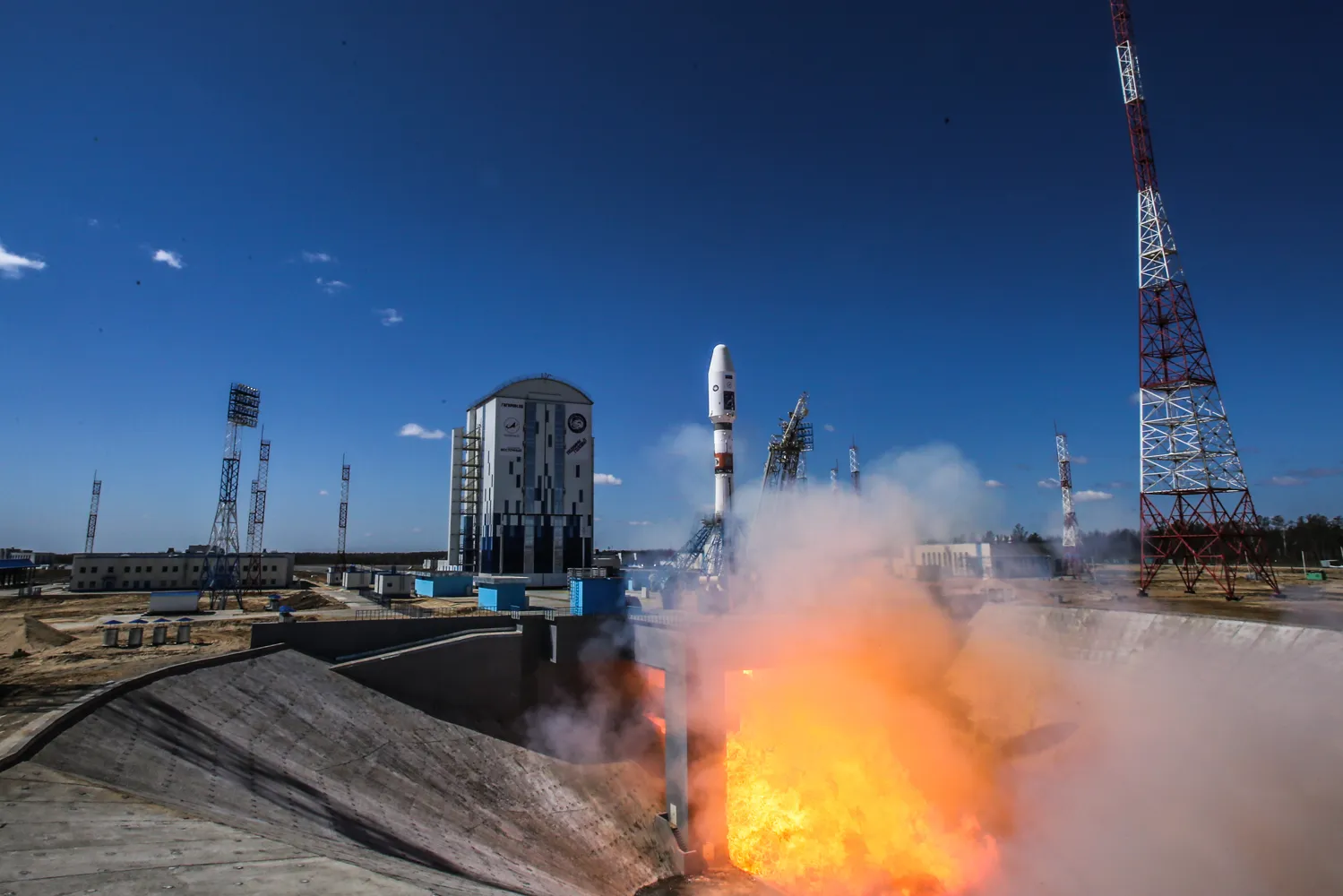Russia Develops Advanced Carbon Filament for Aerospace 3D Printing
The breakthrough from MISIS National University replaces costly polymers with a more practical thermoplastic, potentially transforming additive manufacturing in aviation and space industries worldwide.
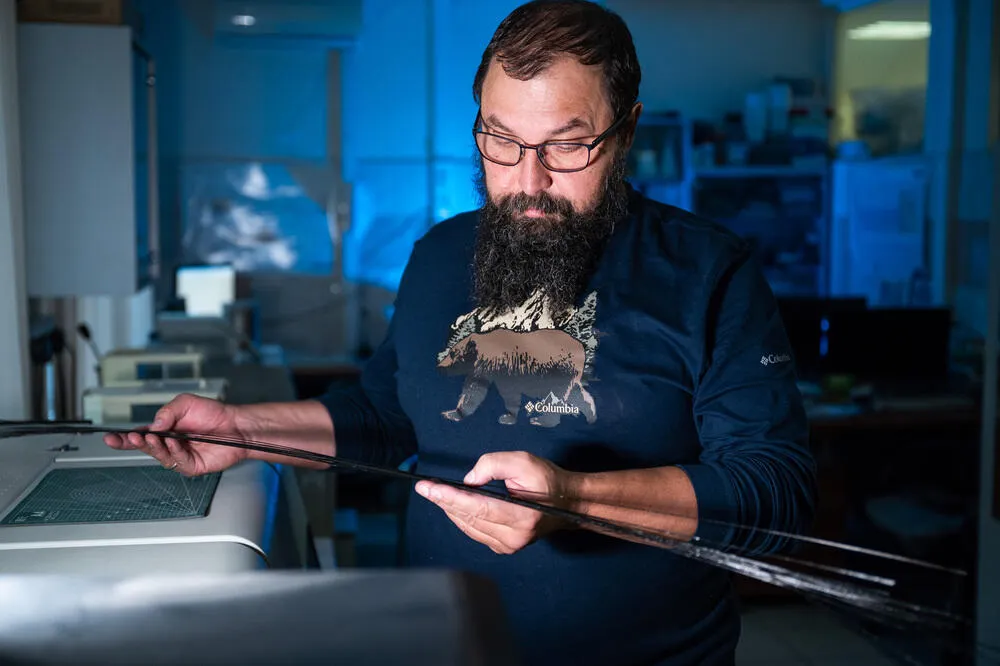
Russian researchers have developed a next-generation carbon filament for 3D printing in aerospace, aiming to make aircraft and spacecraft components lighter, stronger, and cheaper to produce.
Carbon fiber is indispensable in modern aerospace engineering for its strength-to-weight ratio and resistance to corrosion. But producing composite filament for 3D printing has remained expensive and technically difficult. Traditional polymers such as polyetheretherketone (PEEK) tend to deform during printing and damage brittle fibers during fabrication.
MISIS scientists introduced a new approach, swapping the costly PEEK for amorphous thermoplastic polysulfone. They devised an innovative impregnation method, passing carbon fibers through a polymer solution and then through a filter to remove excess material. Once the solvent evaporates, the result is a dense, defect-free filament.
Graduate researcher Alnis Veveris added that the team focused on optimizing production parameters to maximize density, ultimately achieving about 45% polymer content with minimal porosity.
The findings, published in the journal Inorganic Materials: Applied Research, highlight how Russia is positioning itself at the cutting edge of additive technologies, opening new horizons for aerospace and other high-tech industries.






















